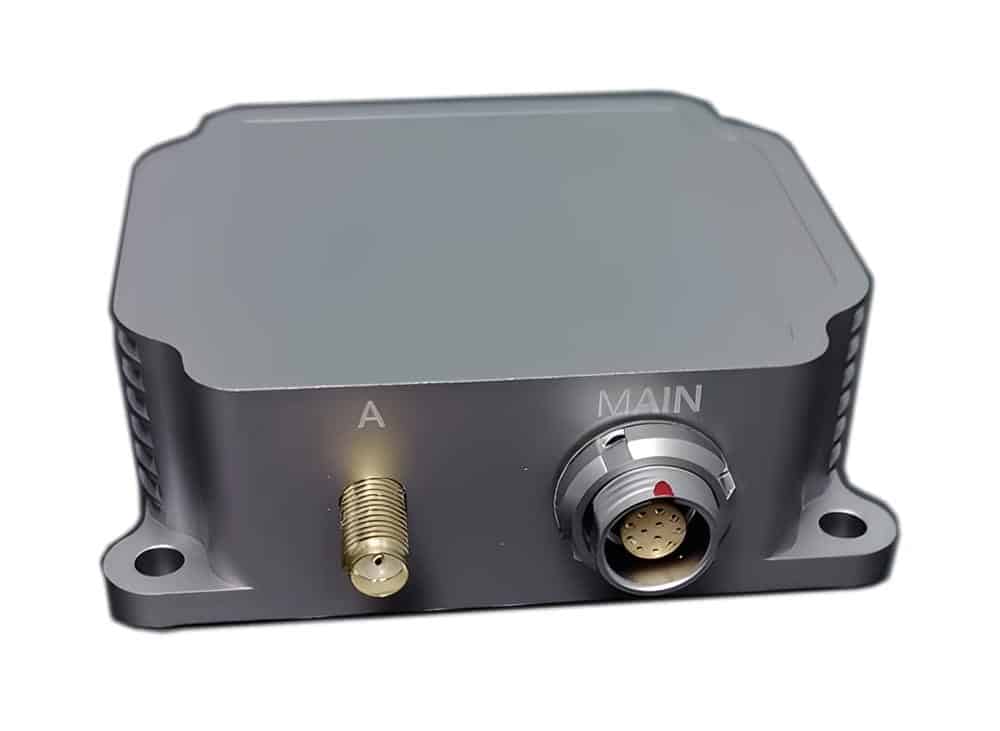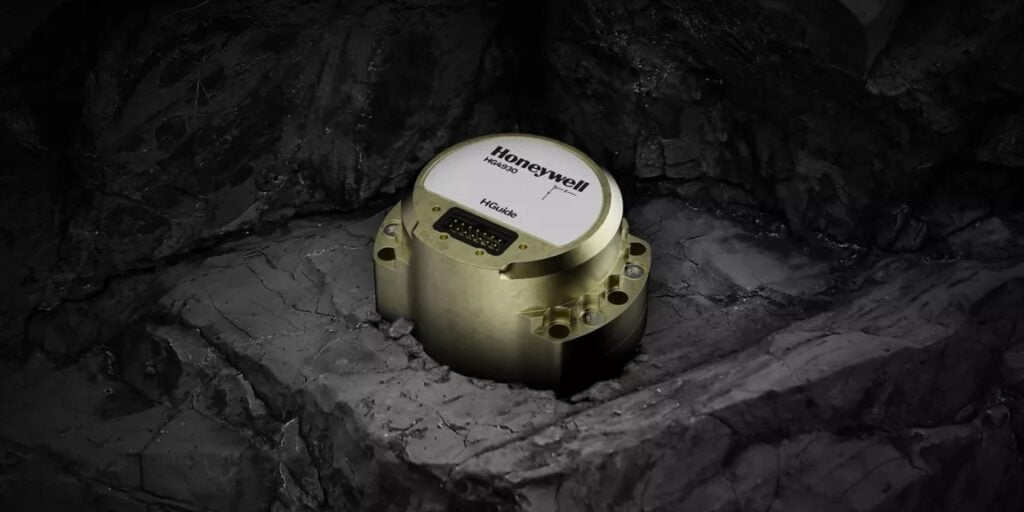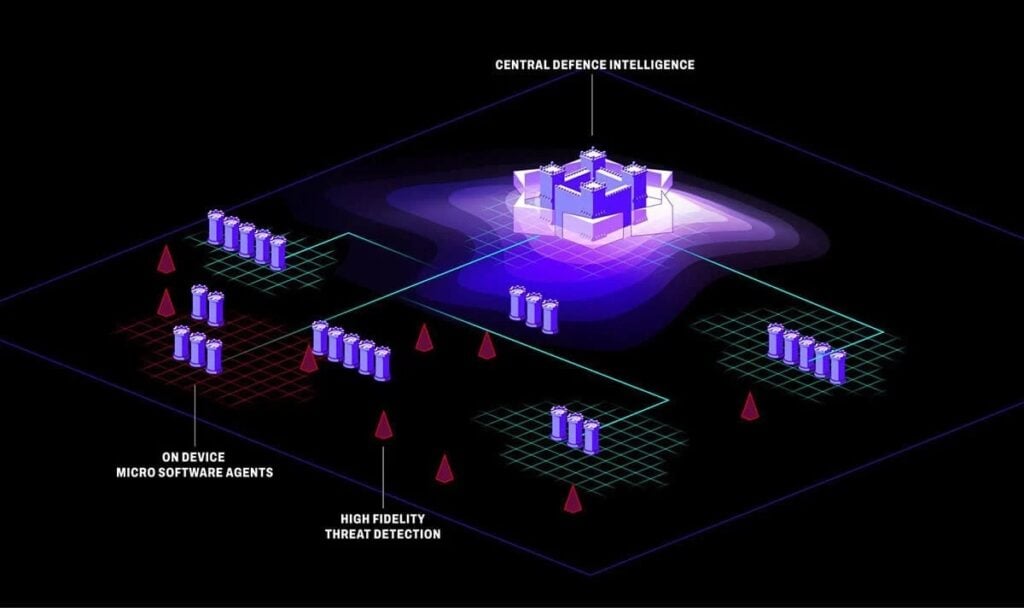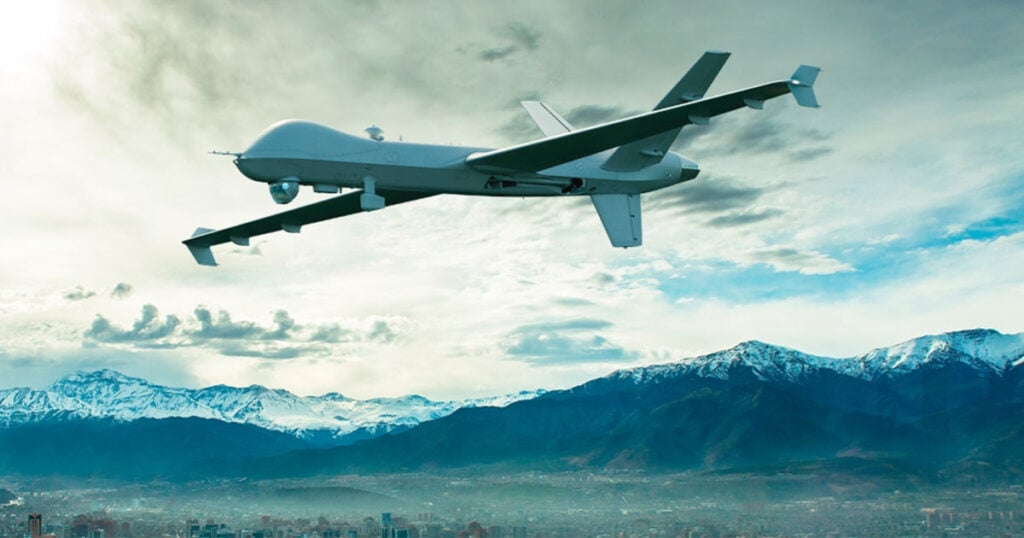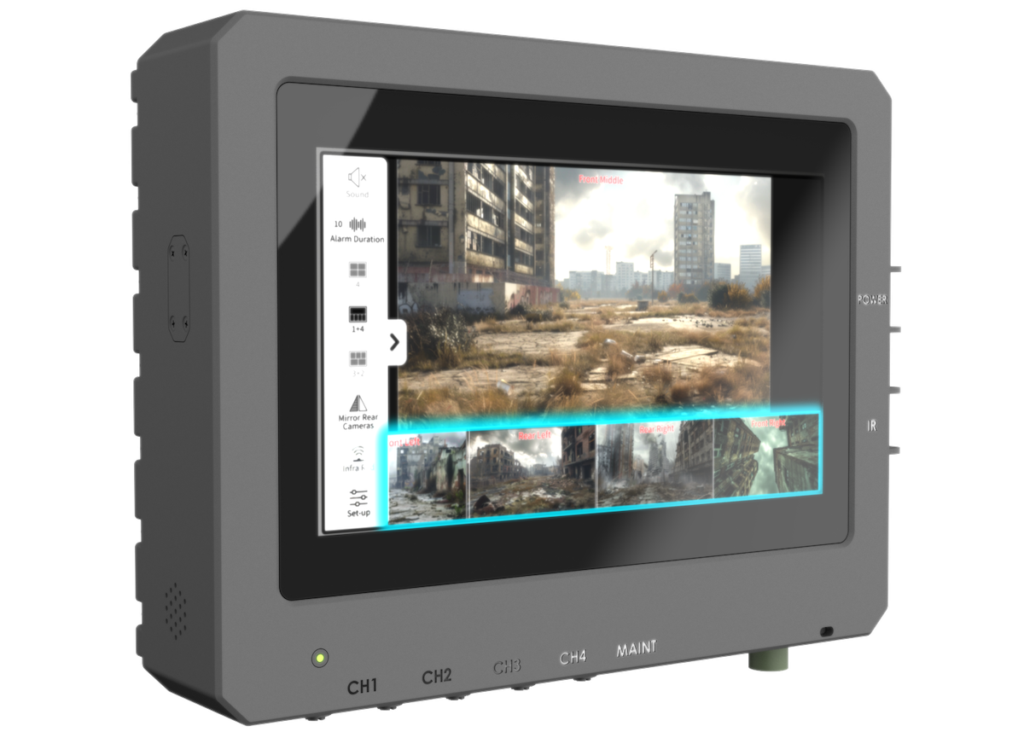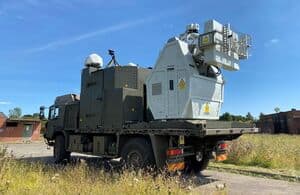
Military UAS
Discover cutting-edge solutions from 4 leading global suppliers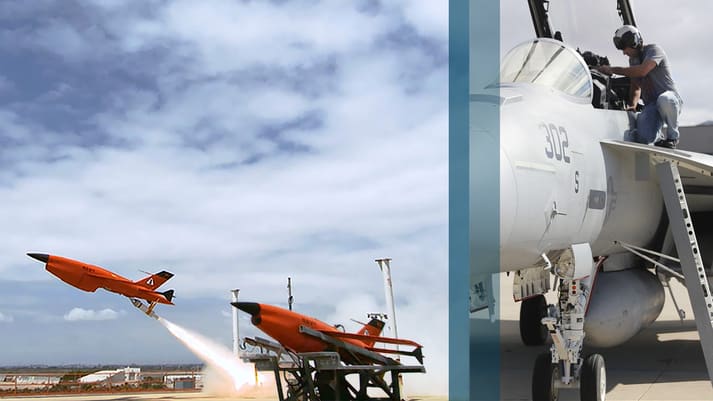
BAE Systems and the Office of the Deputy Secretary of Defense’s Strategic Capabilities Office (SCO) have completed a successful flight test of advanced Manned Unmanned Teaming (MUM-T) technology at a Department of Defense (DoD) flight test range.
The technology enables the rapid infusion of new payloads and platforms into the fleet to quickly enhance mission effectiveness and counter adversary technology.
The capstone flight test used real mission sensors on multiple unmanned military platforms and a single manned military fighter aircraft, to execute a combat mission. The team of Unmanned Aerial Vehicles (UAVs) worked together to develop and autonomously execute the necessary tactics to complete the mission, while the pilot used the Human Machine Interface (HMI) to monitor the mission’s progress and interact with the UAVs as desired.
“The development of autonomous technology is crucial to protect our warfighters against emerging threats,” said Ehtisham Siddiqui, vice president and general manager of Controls and Avionics Solutions at BAE Systems. “This flight test demonstrates our team’s commitment to accelerate the deployment of reliable and innovative manned-unmanned teaming solutions for mission success.”
During this most recent flight test, the team achieved its primary goal of demonstrating collaborative mission execution in an operationally representative environment. BAE Systems’ HMI was developed through extensive virtual and constructive simulation testing with assistance from pilots and electronic warfare officers. Test feedback from the manned aircraft operator also underscored the maturity of the MUM-T technology offering, highlighting its user-friendly interface, which increases mission safety and lethality.
“Our deep expertise in developing and fielding safety-critical flight control systems means that safety and assurance are integrated into our MUM-T architecture and software from the ground up,” said Matthew Trouve, director of Development Programs for Military Aircraft Systems at BAE Systems. “This provides the warfighter with the necessary trust and confidence in our solution to operate in the same environment as autonomous unmanned teammates.”
BAE Systems has developed its purpose-built architecture to be open, flexible, and assured. The company’s underlying MUM-T algorithms enable decentralized autonomous decision-making at the tactical edge, allowing the architecture to be easily adapted for new missions and incorporate future technology. A software development kit also allows third parties to introduce new algorithms and technologies to support future missions.
Over the next year, BAE Systems will continue development efforts with the DoD and invest in additional capabilities to further mature its MUM-T suite for operational readiness. The next phase of flight tests will enhance the mission suite’s capabilities and technology, showcasing flexibility and openness for integration on an additional manned aircraft type and another unmanned platform to execute a different mission.
BAE Systems’ MUM-T program leverages its more than 40 years of experience in flight control systems and 20 years of autonomous systems development expertise. Work for the MUM-T program is based at the company’s state-of-the-art facility in Endicott, N.Y.











